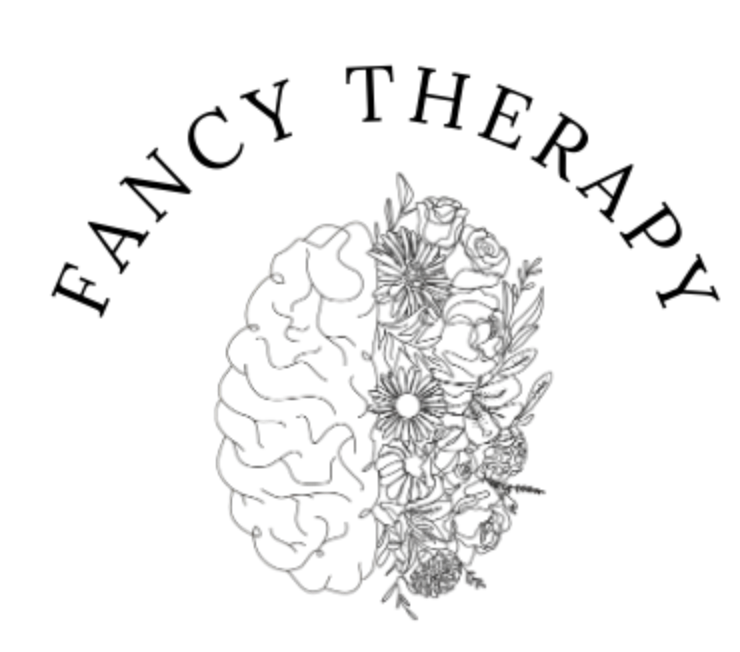From Pregnancy to Parenthood: The Truth About PMADs
The journey from pregnancy to parenthood is a transformative experience with many emotions. For some, this experience can be filled with excitement, anticipation, and joy, but for others, it may also be filled with anxiety and overwhelm. While many are familiar with terms like the "baby blues" and postpartum depression (PPD), those symptoms and conditions only scratch the surface of what can happen during and after pregnancy. In this blog, we will explore the various periods a person goes through during and after pregnancy, delve into what PMADs really are, and discuss some supports and resources to help manage these challenging symptoms.
Through Pregnancy, to Parenthood and Beyond
Three common periods may be referred to during a person’s experience from pregnancy to parenthood: prenatal/antenatal, postpartum, and perinatal. Understanding these periods can help us understand the symptoms we may experience in each phase and how best to support ourselves and others.
Prenatal or Antenatal Period: This term refers to the duration of pregnancy, from conception to birth. It is a time of significant physical and emotional changes, setting the stage for potential vulnerabilities to mood disorders.
Postpartum Period: This period begins immediately after birth and can be defined as the first six weeks to six months after birth. During this phase, there will be ongoing adjustments to parenthood, emotionally and physically.
Perinatal Period: This broader term captures the entire span from conception through the first year after giving birth – though some define it as lasting up to 18-24 months after giving birth. This period encompasses the continuous nature of this transformation from pregnancy to parenthood.
What are PMADs?
Perinatal Mood and Anxiety Disorders (PMADs) are defined as potential mental health disorders that can affect the pregnant person during pregnancy and after childbirth. PMADs include:
Depression
Anxiety
Panic Disorder
Obsessive-Compulsive Disorder (OCD)
Post-Traumatic Stress Disorder (PTSD)
Bipolar Disorder
Psychosis
Unlike the "baby blues," which resolve within two weeks postpartum, PMAD symptoms are more intense and longer lasting, impairing a person’s ability to function and care for themselves and their baby. Early recognition and intervention are crucial in reducing the impact of these disorders.
Some common signs and symptoms consistent with PMADs include:
Difficulty bonding with the baby.
Doubts about parenting abilities, often accompanied by feelings of inadequacy, guilt or shame.
Feeling overwhelmed by everyday tasks.
Intrusive or distressing thoughts.
Thoughts of suicide or the desire to escape life.
Lack of enjoyment in once pleasurable activities.
Irritability, anger, and a sense of emotional detachment or numbness.
Excessive worry about baby’s health and safety.
Overwhelming fears of harm coming to oneself or the baby.
Reluctance to be alone or with the baby.
Unexplained changes in appetite or sleep patterns, extreme fatigue, feelings of isolation, difficulty focusing.
In 2019, Statistics Canada reported that 23% of Canadian mothers reported experiencing symptoms of postpartum depression or anxiety disorder (CPMHC, 2024). This figure significantly increased during and following the COVID-19 pandemic, with one in three parents experiencing symptoms consistent with PMADs. Minority populations, such as 2SLGBTQIA+ and BIPOC, suffer from PMADs at higher rates than the general population. PMADs can affect those beyond the pregnant person; partners, caregivers, non-pregnant parents, and adoptive parents can all be at risk for PMADs. In addition, surrogates and those who have experienced pregnancy or infant loss can experience symptoms as well (CPMHC, 2024). While perinatal mental health conditions are highly treatable, the lack of treatment can lead to severe consequences. These include “chronic depression, impaired parental-infant attachment, impaired cognitive/psychosocial development for the child, and maternal suicide or infanticide” (CPMHC, 2024).
What are the treatment options for PMADs?
For individuals dealing with PMADs, there are a variety of treatment options available. A person's level of treatment will depend on the severity of their symptoms and the type of support they need. Navigating through these difficult times can often be made easier with support and resources.
Emotional Awareness: Increasing self-awareness to understand one’s emotions can be beneficial; this can be achieved through mindfulness, grounding activities or journalling.
Physical Care: New parents rarely get the sleep or nutrition they need. Striving for a minimum of four hours of continuous sleep can reduce symptoms of anxiety (Leistikow et al., 2022). Eating nutritious meals throughout the day can also impact one’s mental health.
Practical Support: Building your support network and social support is crucial in receiving help and support while navigating this challenging time.
Educational Resources: Participating in perinatal classes and support groups can offer valuable information and communal support.
Mental Health Support: Seeking a psychotherapist trained in perinatal mental health can provide specialized emotional support and coping strategies.
Medical Interventions: Talk to your doctor about your symptoms and potential treatments. Depending on individual needs, medication or, at times, hospitalization might be recommended to manage symptoms effectively.
Perinatal Mood and Anxiety Disorders can be challenging to navigate, yet with knowledge and support, we can overcome them. By destigmatizing perinatal mental health, understanding what PMADs are, encouraging open discussions, and pushing for thorough care, we can assist parents, partners, and their support networks through these tough times. If you or someone you know is struggling, remember that help is available, and you are not alone. If you are experiencing a PMAD: “You are not alone, you are not to blame, and with help, you will be well.” (PSI, 2024).
Sources & References
Helfer RE. The perinatal period, a window of opportunity for enhancing parent-infant communication: an approach to prevention. Child Abuse Negl. 1987;11(4):565-79. doi: 10.1016/0145-2134(87)90082-2. PMID: 3322517.
Leistikow, N., Baller, E. B., Bradshaw, P. J., Riddle, J. N., Ross, D. A., & Osborne, L. M. (2022). Prescribing Sleep: An Overlooked Treatment for Postpartum Depression. Biological psychiatry, 92(3), e13–e15. https://doi.org/10.1016/j.biopsych.2022.03.006
Postpartum Support International (PSI). (2024). https://www.postpartum.net/
Romano, M., Cacciatore, A., Giordano, R., & La Rosa, B. (2010). Postpartum period: three distinct but continuous phases. Journal of prenatal medicine, 4(2), 22–25. What is Perinatal Mental Health?. CPMHC. (2024). https://cpmhc.ca/what-is-perinatal-mental- health/




